This content has been archived. It may no longer be relevant
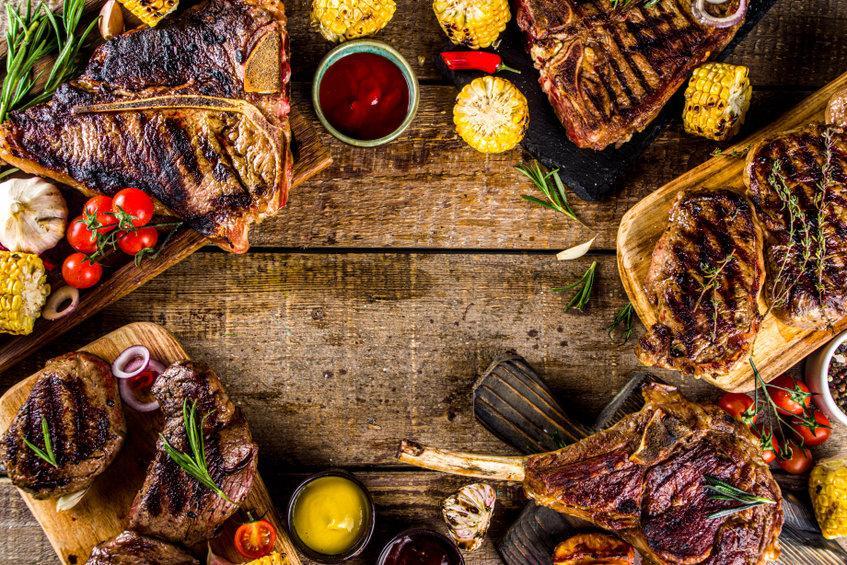
Temperature is one of the most critical factors when it comes to grilling steak.
This is because the temperature affects the doneness of the steak, as well as its tenderness and juiciness.
The ideal temperature for grilling steak will depend on the desired level of doneness, which ranges from rare to well-done.
If the grill temperature is too low, the steak will cook slowly and may become tough and chewy.
On the other hand, if the temperature is too high, the steak may char on the outside and be undercooked on the inside.
This can lead to an unpleasant eating experience, as the steak may be too raw or too dry.
By understanding the ideal temperature range for each level of doneness, you can achieve perfectly grilled steak every time.
Additionally, using a meat thermometer to check the internal temperature of the steak is crucial to ensure that it is safe to eat and cooked to your desired level of doneness.
Overall, paying attention to grill temperature is a key factor in achieving a delicious and satisfying grilled steak.
Understanding the Different Levels of Doneness
When it comes to grilling steak, understanding the different levels of doneness is essential for achieving the perfect steak.
Here are the different levels of doneness.
- Rare. The internal temperature of a rare steak ranges from 120°F to 130°F. At this level, the steak will have a bright red center and be very tender and juicy.
- Medium rare. The internal temperature of a medium rare steak ranges from 130°F to 135°F. At this level, the steak will have a warm pink center and a slightly firmer texture than rare.
- Medium. The internal temperature of a medium steak ranges from 135°F to 145°F. At this level, the steak will have a pink center and a firmer texture than medium rare.
- Medium well. The internal temperature of a medium well steak ranges from 145°F to 155°F. At this level, the steak will have a slightly pink center and a firmer texture.
- Well done. The internal temperature of a well-done steak is above 155°F. At this level, the steak will be fully cooked and have no pinkness, but may be dry and tough.
It’s essential to note that the cooking time for each level of doneness will vary depending on the thickness of the steak and the heat of the grill.
Using a meat thermometer to check the internal temperature of the steak is the most reliable way to achieve your desired level of doneness.
The Ideal Temperature for Rare, Medium Rare, and Well-Done Steak
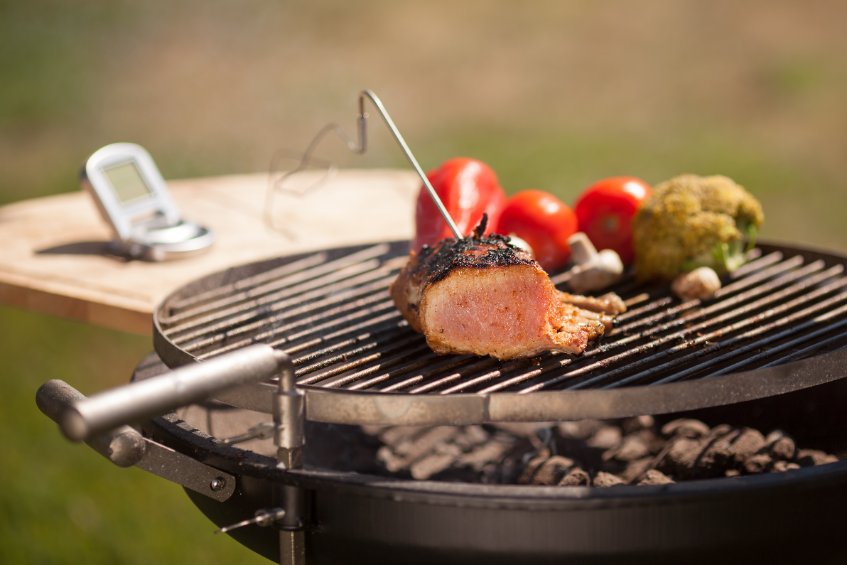 The ideal temperature for grilling steak will depend on the desired level of doneness.
The ideal temperature for grilling steak will depend on the desired level of doneness.
Here are the internal temperature ranges for rare, medium rare, and well-done steak:
- Rare. For a rare steak, the internal temperature should be between 120°F to 130°F.
- Medium rare. For a medium rare steak, the internal temperature should be between 130°F to 135°F.
- Medium. For a medium steak, the internal temperature should be between 135°F to 145°F.
- Medium well. For a medium well steak, the internal temperature should be between 145°F to 155°F.
- Well done. For a well-done steak, the internal temperature should be above 155°F.
It’s important to note that these temperature ranges are a guide, and the cooking time may vary depending on the thickness of the steak and the heat of the grill.
Using a meat thermometer to check the internal temperature of the steak is the most reliable way to achieve your desired level of doneness.
Tips for Achieving the Perfect Temperature on Your Grill
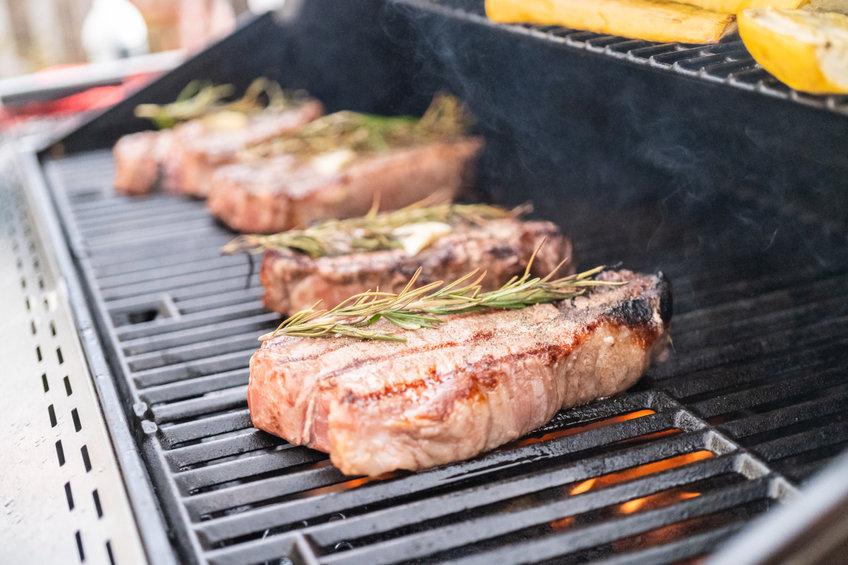
Achieving the perfect temperature on your grill is key to grilling steak to perfection.
Here are some tips for achieving the perfect temperature on your grill.
- Preheat your grill. Preheating your grill is essential to ensure that it reaches the desired temperature. Preheat your grill for at least 15-20 minutes before placing the steak on the grates.
- Use a two-zone fire. A two-zone fire means that you have one side of the grill with direct heat and one side with indirect heat. This allows you to sear the steak over high heat and then finish cooking it over lower heat.
- Control the heat. Use the grill lid and vents to control the heat of your grill. If the temperature is too high, close the vents partially to reduce the airflow and lower the temperature. If the temperature is too low, open the vents to increase the airflow and raise the temperature.
- Use a meat thermometer. Use a meat thermometer to check the internal temperature of the steak. This is the most reliable way to ensure that the steak is cooked to your desired level of doneness.
- Rest the steak. Once the steak is cooked, let it rest for a few minutes before slicing into it. This allows the juices to redistribute throughout the steak, making it more tender and flavorful.
By following these tips, you can achieve the perfect temperature on your grill and grill steak to perfection.
Using a Meat Thermometer to Ensure Steak is Cooked to Perfection
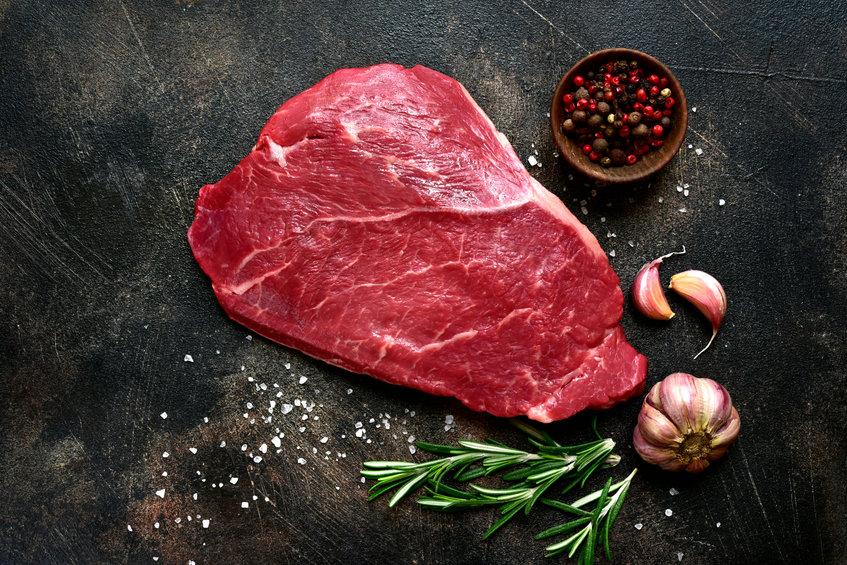
Using a meat thermometer, like this Alpha Grillers Instant Read Meat Thermometer, is essential to ensure that steak is cooked to perfection.
Here are some tips for using a meat thermometer.
- Insert the thermometer correctly. Insert the thermometer into the thickest part of the steak, making sure that the tip of the thermometer is in the center of the meat.
- Don’t touch bone. When using a meat thermometer, make sure that you don’t touch the bone. The bone can give a false reading, leading to an inaccurate temperature reading.
- Check the temperature at different points. If the steak is thick, check the temperature at different points to ensure that the steak is cooked evenly.
- Check the temperature at the end of cooking. Wait until the end of the cooking time to check the temperature. Checking the temperature too early can lead to overcooking.
- Use a chart. Use a chart to determine the ideal temperature for your desired level of doneness.
By using a meat thermometer, you can ensure that your steak is cooked to your desired level of doneness and safe to eat.
With practice, you’ll become more comfortable using a meat thermometer and achieving perfectly cooked steak every time.
Factors that Affect Grill Temperature and Cooking Time

Grilling steak to perfection requires attention to several factors that can affect grill temperature and cooking time.
Here are some of the key factors to consider.
- Grill type. The type of grill you’re using can affect the temperature and cooking time. Charcoal grills tend to take longer to heat up and can have uneven heat distribution, while gas grills heat up quickly and provide consistent heat.
- Weather conditions. Weather conditions can affect grill temperature and cooking time. Windy or cold weather can cause the grill to lose heat, while hot and humid weather can cause the grill to overheat.
- Type of meat. The type of meat you’re grilling can affect the cooking time. Thicker cuts of meat will take longer to cook than thinner cuts.
- Meat temperature. The starting temperature of the meat can affect the cooking time. If the meat is cold, it will take longer to cook than if it is at room temperature.
- Grill maintenance. The cleanliness of your grill can affect the temperature and cooking time. A dirty grill can cause uneven heat distribution and make it harder to control the temperature.
By paying attention to these factors, you can better control the temperature and cooking time of your grill, which will help you achieve perfectly grilled steak every time.
The Importance of Resting Steak After Grilling
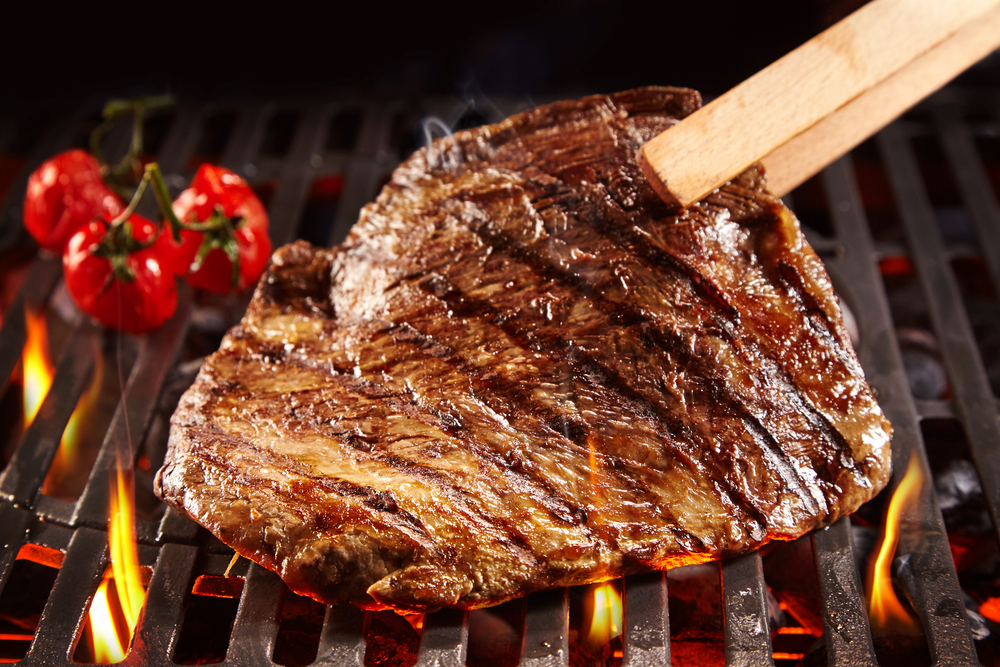
Resting steak after grilling is a crucial step in ensuring that it is tender, juicy, and flavorful.
Here are some reasons why resting steak is important.
- Juiciness. When steak is cooked, the juices move towards the center of the meat. Resting allows the juices to redistribute throughout the steak, making it juicier and more flavorful.
- Tenderness. Resting also allows the steak to relax, making it more tender. This is especially important for thicker cuts of meat, which need more time to rest than thinner cuts.
- Temperature. Resting allows the internal temperature of the steak to continue to rise after it is removed from the grill. This is because the residual heat from the steak continues to cook the meat. Resting for a few minutes can result in a more evenly cooked steak.
- Presentation. Resting allows the steak to settle, making it easier to slice without losing its shape or spilling out juices.
To rest steak after grilling, remove it from the grill and place it on a cutting board or plate.
Cover it loosely with foil to keep it warm and let it rest for about 5-10 minutes, depending on the thickness of the steak.
This will allow the steak to relax, making it more tender and flavorful.
Enjoy Great Food with Friends and Family
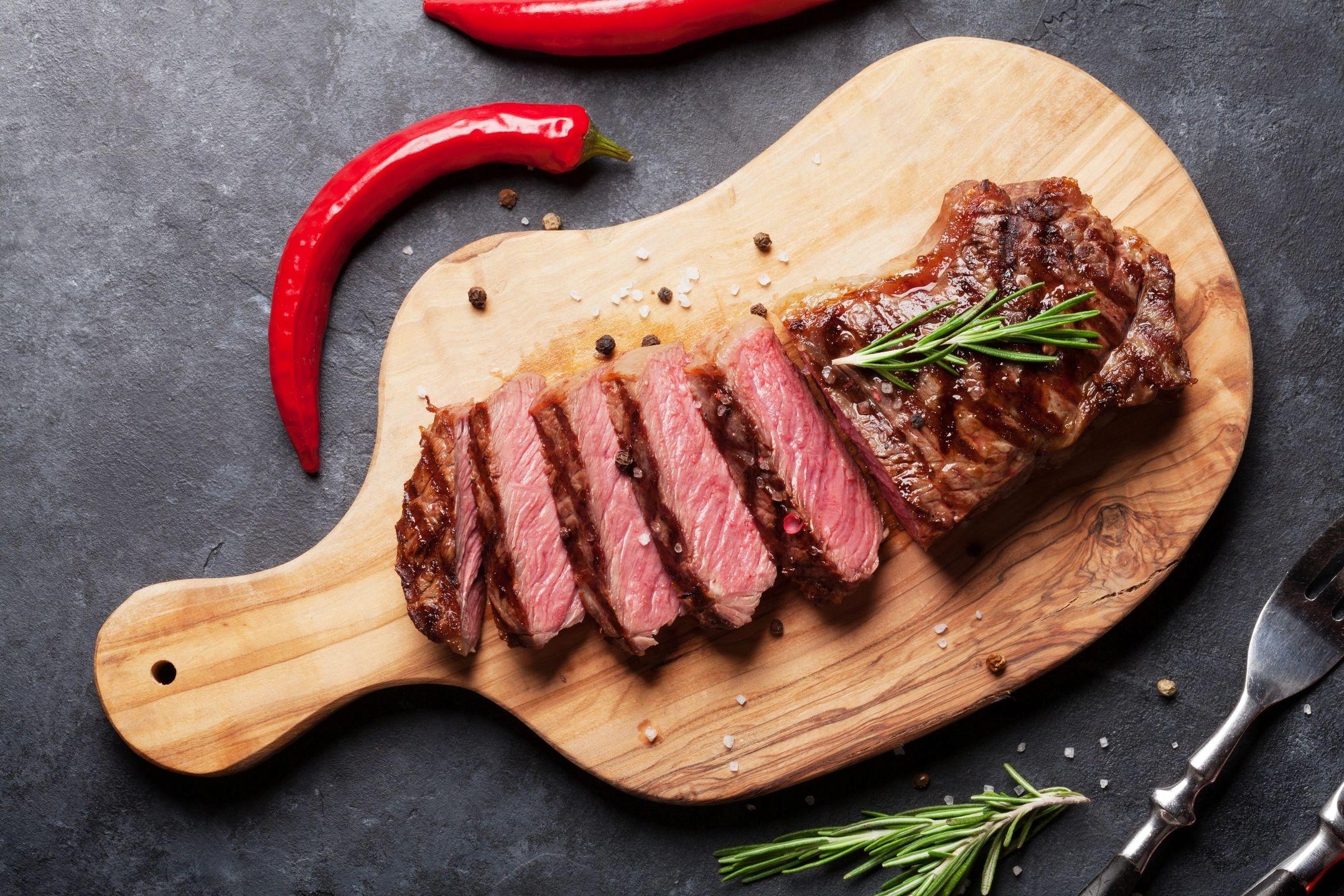
Cooking outdoors goes well with friends and family.
Your steaks, when cooked to the perfect interior temperature with the right grill surface temperature, will impress everyone at the table.
If you need a reliable grill for cooking steak perfectly every time, consider the Spirit II E-210 from Weber.
It’s a two-burner grill that provides consistent temperatures.
If you want something specifically for steaks and burgers and don’t want a large grill, consider the Weber Q1000 Propane Grill.
It has famous Weber quality in a small package that is perfect for tabletop grilling outdoors.
Great steak makes for a great time at your grill. With our temperatures, you’ll never cook a bad steak again.

